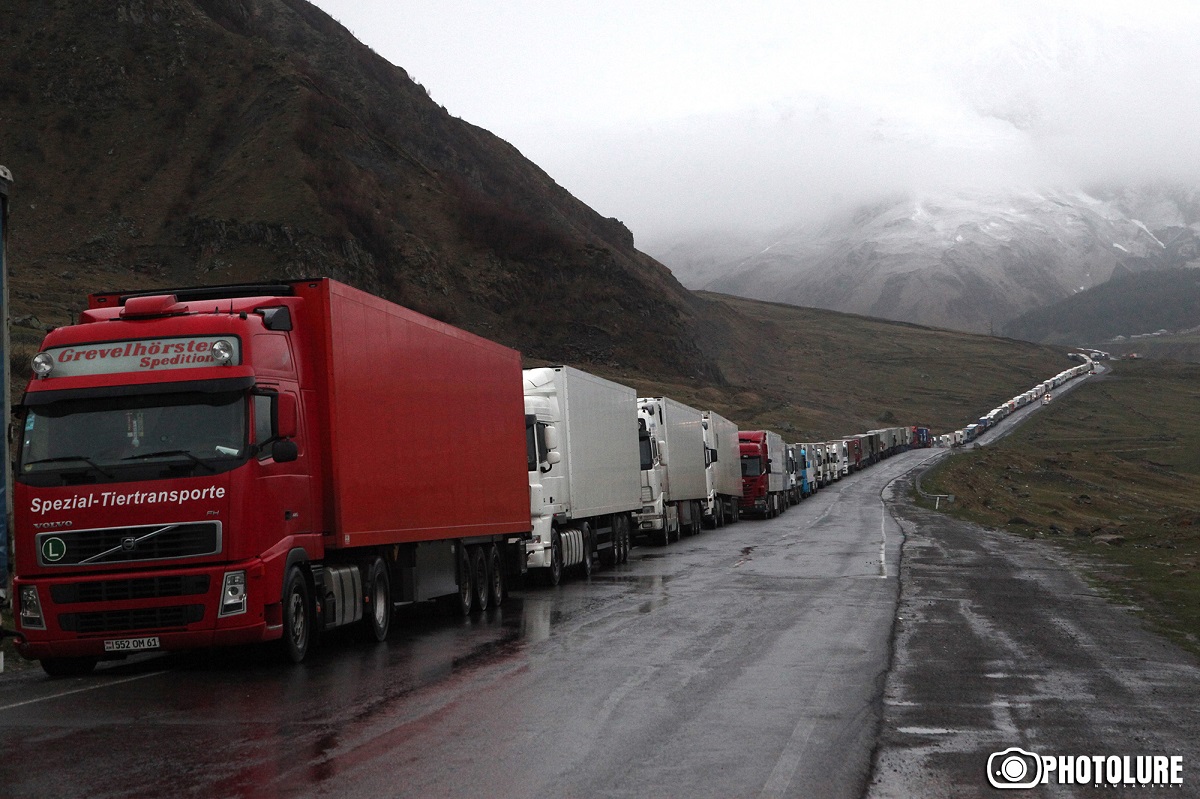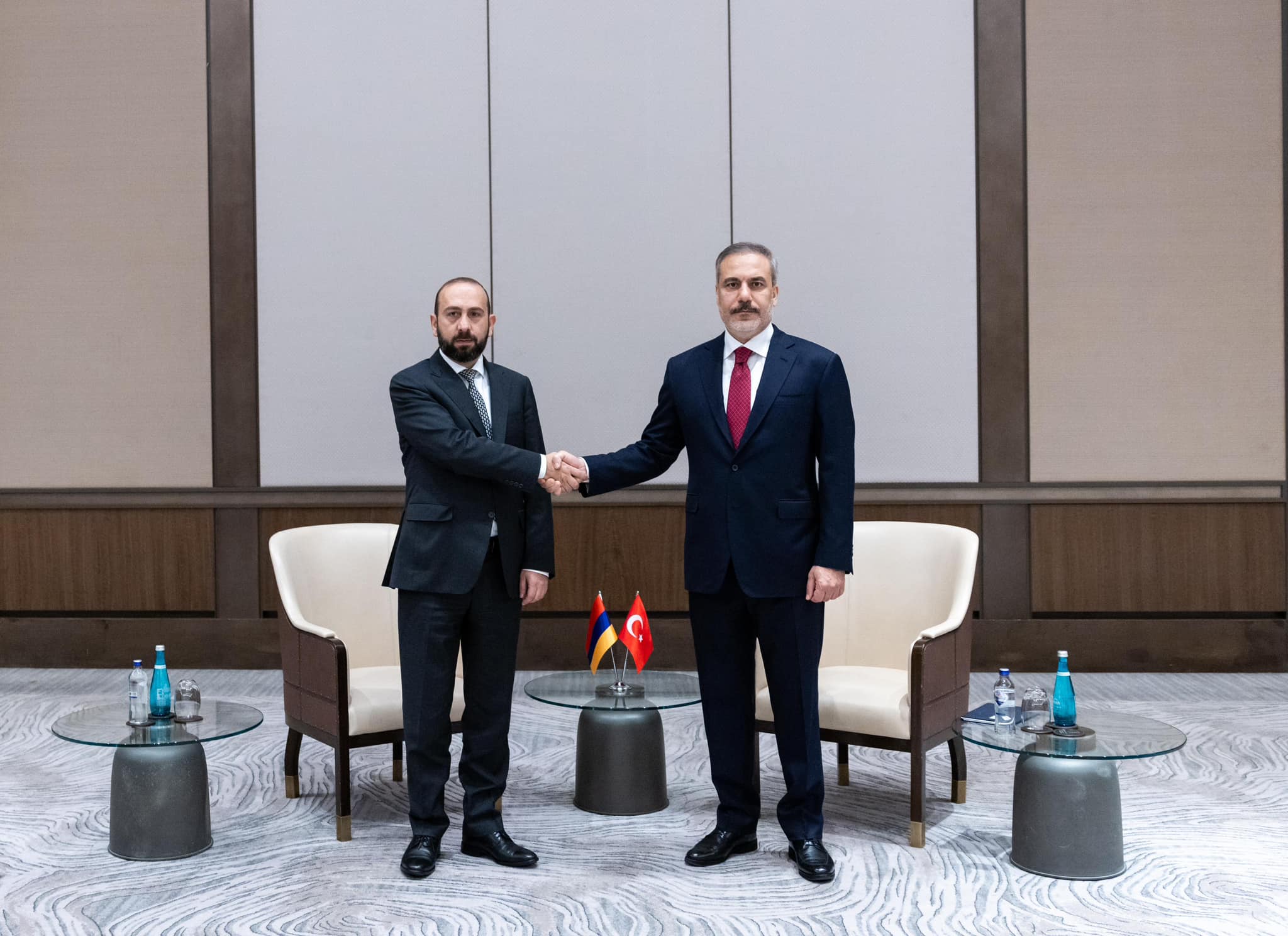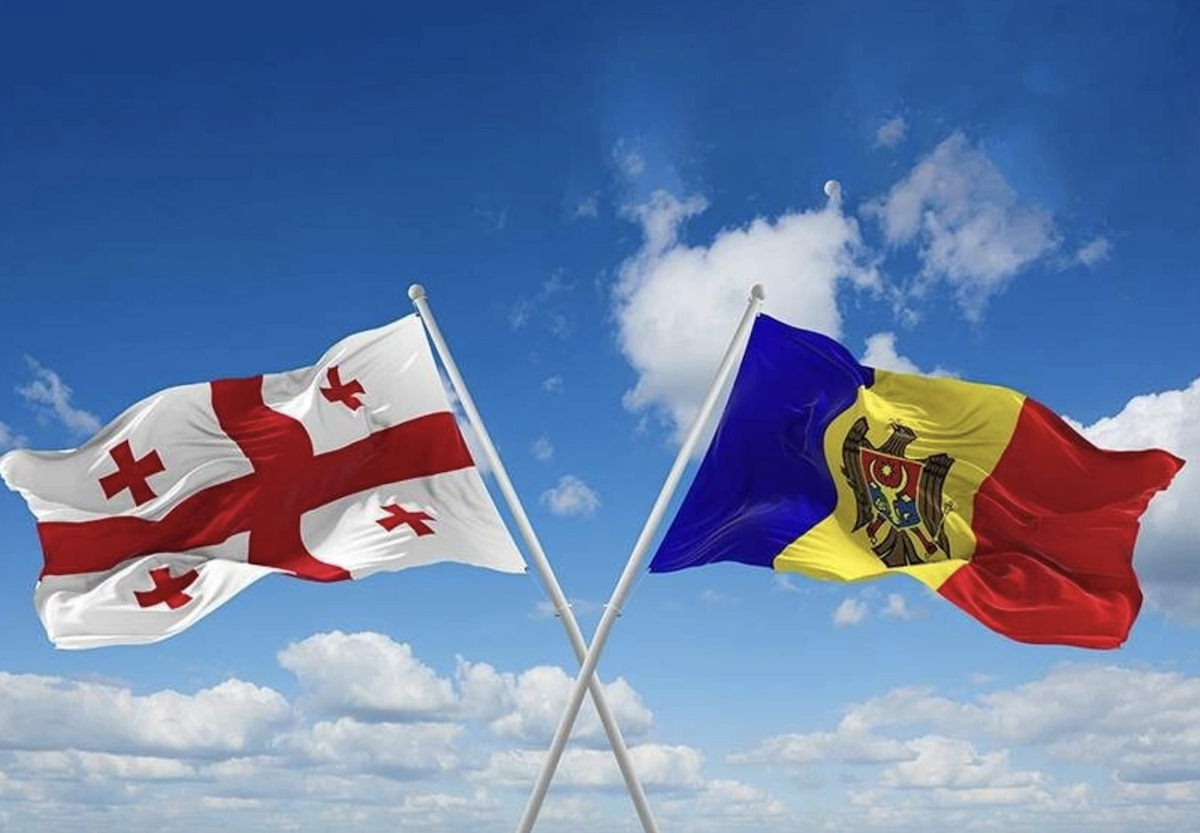Armenia: 5 year’s in the Russian-led Eurasian Union. What’s been gained, what’s been lost
In 2015, Armenia joined the Eurasian Economic Union (EAEU) – an economic union that was created on the initiative of Russia.
This was a political decision that the Armenian authorities could not avoid.
Five years later, we summarize what this inevitable development has meant for the country: what the country has gained and what is has lost as a part of the EAEU.
Background
The decision of Armenia to join the Eurasian Economic Union was made hastily and unexpectedly for the residents of the country. The country was on the verge of signing an association agreement with the European Union. However, on September 3, 2013, then-President Serzh Sargsyan announced his intention to integrate into the Eurasian Economic Zone. And the association agreement with the European Union, which had been negotiated for three and a half years, was not signed.
• EAEU is losing its ‘sacred cow’ status in Armenia
• Armenia and the EU sign partnership agreement
• Direct talks between Armenian PM, Russian President in Yerevan
The authorities, who had previously argued that joining the Eurasian Economic Union was impractical due to the lack of a common border, suddenly came to the opposite conclusion.
The move was not easy for the country’s reputation, but it was clear to everyone, including Europeans: Russia is a strategic partner of Armenia, and the rejection of its proposal could lead to grave consequences, primarily political ones.
The public was told the step would revitalize the economy, opening up access to the EAEU common market of 170 million people – however this market was not closed to Armenia before.
The head of the current “revolutionary” government Prime Minister Nikol Pashinyan, was against Armenia’s entry into this structure while he was in the opposition.
In the spring of 2018 after coming to power, Pashinyan spoke differently, and now often speaks about the positive impact of the union on the country’s economy.
What Armenia needed, what was it offered
The main proposal of the EAEU – mutually beneficial trade according to a simplified scheme – did not cause much enthusiasm in expert circles.
Trade is an intermediate link for economic development, while Armenia needed to solve fundamental problems, and the European Union was going to help precisely from this point of view. In particular, in solving macroeconomic problems, in the formation of industries with export potential.
• Armenia is the only EEU country to ratify an agreement on cooperation with the EU
• The window to Europe. Second round
• Op-ed: EU-Armenia relations after Velvet Revolution – why no breakthrough has occurred
In addition, in 2015, the country had to solve elementary tasks, such as repairing roads, modernizing irrigation networks, and acquiring modern anti-hail installations. But this required investments, which the EU promised should the country have signed an association agreement.
During the period of cooperation with the EAEU, significant changes in the country’s economy have not occurred, except the volume of production and export from the country increased.
Has the economy benefited?
Opinions differ on this. Ordinary citizens do not notice tangible changes. The authorities say progress is visible.
During his last press conference in January 2020, the prime minister, among the country’s other achievements, noted:
“According to the first three quarters of 2019, the GDP growth of Armenia amounted to approximately 7.5%, which is 1.6 percentage points higher than the corresponding indicator in 2017, and 1.3 percentage points higher than in 2018.
“According to the data of the first three quarters [2019], Armenia ranks first among the countries of the Eurasian Economic Union and the CIS countries in terms of economic growth rates, and according to the estimates of the International Monetary Fund, also in the European region.”

Achievements within the EAEU
Turnover indicators top the list of main achievements of Armenia’s inclusion in the EAEU.
In the first year of cooperation, Armenia’s share in mutual trade was the smallest among the countries of the union. Over these five years, exports to the EAEU countries more than doubled, and Armenia bypassed Kyrgyzstan in terms of its indicators.
The trade boom of cooperation with the EAEU came in 2018: Armenia exported and imported goods worth about $2 billion. The total of data for 2019 has not yet been summed up, but, according to preliminary estimates, the turnover will exceed $2 billion.
Armenia exports alcoholic and non-alcoholic drinks, cigarettes, textile products, canned goods, fresh fruits and vegetables, animal products, medical and musical and other goods to the EAEU market.
This year the Armenian side proposed that each country within the framework of the union take on a certain sphere and promote it. Armenia is taking on the formation of a single EAEU jewelry brand, as it has experience and success in this area.
In addition, Armenia is paying special attention to high technologies, in 2018 alone there was 33 percent growth in this sector.
Business on trade
Armen Tarverdyan, Executive Director of Ararat Food Processing Plant, has been producing agricultural goods for 10 years.
The plant produces natural juices, canned fruits and vegetables and herbal teas. The main sales market is the EAEU. A small volume of products is exported to Germany and France.
The entrepreneur assures that the trade process in the EAEU is maximally facilitated:
“The process of declaring goods exported from Armenia has been simplified several times. There is no such customs clearance when exporting goods from the EAEU to Armenia. No need to prepare documents, there is no certification process – you immediately receive the goods.”
Customs privileges are granted not only to goods produced in Armenia, but also to those exported in transit through Armenia. That is, Armenia may become a bridge for the supply of goods from other countries to the EAEU. In particular this concerns Iran, with which the EAEU has already signed an agreement on the creation of a free trade zone with Iran following the results of negotiations led by Armenia.
Thanks to this agreement, Iranian goods will be delivered to EAEU countries at a lower price.
• Armenia to become a transit area between Iran and EEU states
Price hikes
From January 1, 2020, new customs tariffs came into force in Armenia. The changes relate to imports from countries outside the EAEU.
The agreement on changing customs duties was signed in 2015 by all EAEU countries. Then Armenia received an additional five years to prepare the economy for the change and mitigate its negative impact.
Now 700 goods will be customs cleared at higher tariffs upon import. Among them are essential products, including poultry, cattle, rice, sunflower and butter, dairy products. Medicines have also become more expensive, duties on them increased by 2-4%.
Cars imported from third countries took a hit as well. Their customs clearance has risen several times over. Nevertheless, experts do not expect that all residents of Armenia will now prefer the Russian Lada to the German BMW. They think that the price is not the only decisive argument when buying a car.
In general, the potential impact of customs tariff increases on inflation is estimated at 0.5%.
Economists say that this will not hit the people in the country very much, since they will have the opportunity to choose between goods from the EAEU, local and from other countries.
In addition, since 2020, the income tax in Armenia has decreased by 5%, the minimum wage, as well as the monthly income of certain social groups, has increased, which should mitigate the consequences of a rise in price.
The biggest issue
Most of all, Armenian business owners are stuck with the conundrum of transporting goods to Russia: there is no railway connection as a result of the unresolved Georgian-Abkhaz conflict. There is only one road through Georgia.
At the Russian checkpoint near the village of Verkhny Lars, Armenian trucks often stand idle for long periods. The road is narrow, in winter it is covered with snow, at other times of the year it closes due to avalanches.

“We need to create opportunities for the transportation of goods through Abkhazia. Four-way negotiations between Armenia, Russia, Georgia and Abkhazia are needed in this issue. The voice of Abkhazia is important in this matter, despite the influence of Russia,” said entrepreneur Armen Tarverdyan.
However, experts are sure: given the political situation in the region, hoping for a transit road through Abkhazia in the near future is not worth it. Therefore, there is talk of creating a separate lane on the road through Upper Lars, providing Armenian carriers with benefits – as representatives of a country that is a member of the union.
“Our cars pass through the same checkpoint and along the same road as Georgian, Turkish cars. There can be no such relations between countries belonging to the same economic union,” said economist Haykaz Fanyan.
• The fate of Georgian-Russian transit trade through Abkhazia and South Ossetia
Expert opinion
Experts consider it unacceptable that cooperation with the countries of the union is limited to trade. At the same time, they do not advise Armenian entrepreneurs to get hung up on the EAEU market.

“The EAEU is an artificial structure that is formed around Russia. Relations between member countries are not reciprocal, but pass through Russia. For almost all countries, joining the union was determined by the factor of Russia.
“And if one day Russia decides that we should not export its products, it will be extremely difficult for our manufacturers to find an alternative, since it is impossible to enter the markets of the EU countries or the Arabian Gulf with goods with low competitiveness,” says economist Haykaz Fanyan.
The estimates of economist Hrant Mikayelyan are more optimistic:
“My calculations show that thanks to the EAEU we have an additional 1.25% of economic growth due to production. If this pace continues and increases, from year to year this growth will become more tangible.”

According to him, thanks to cooperation with the EAEU, Armenia has modernized the production of shoes and clothes. Demand in the countries of the union helped these goods to become competitive on the Armenian market.
Speaking about the advantages of joining the EAEU, the expert recalls that after 2014 there was no tangible rise in gas prices, and Armenian citizens are free to live and work in Russia:
“It is not clear how events would have developed if Armenia had refused to join the union.”
If investments began to come from the EAEU countries to Armenia, Hrant Mikaelyan could call the cooperation successful:
“Foreign direct investment in the economy of Armenia from the West declined, including due to the entry of Armenia into the EAEU. But over the years, there have been no investments from the EAEU in Armenia.”
In general, analysts expect the introduction of new areas of economic cooperation within the Eurasian Union. If there is no development, they predict a “jump” across the border built by the union – in search of new economic partners.


















